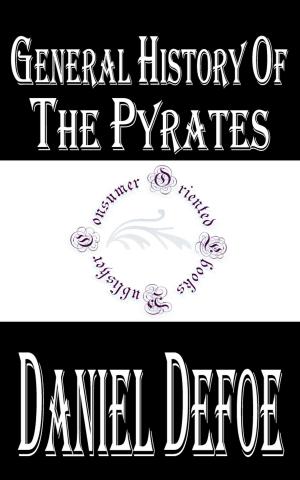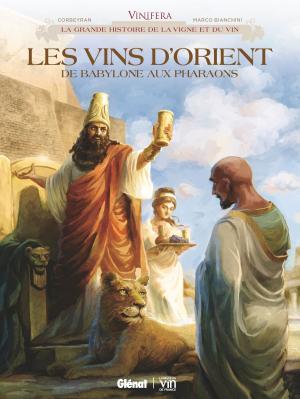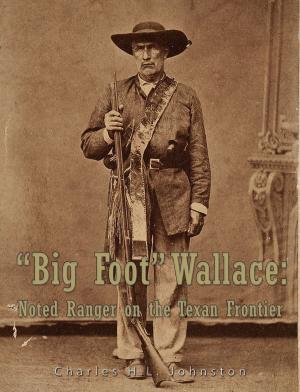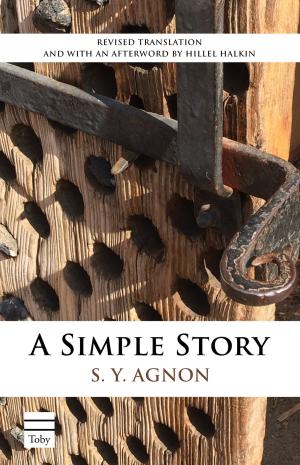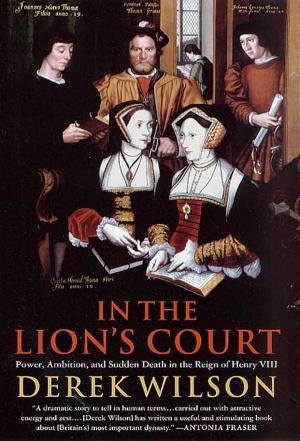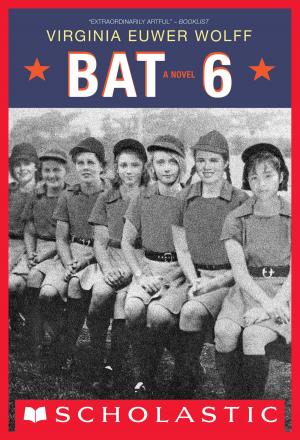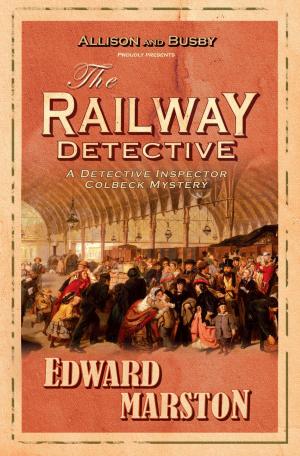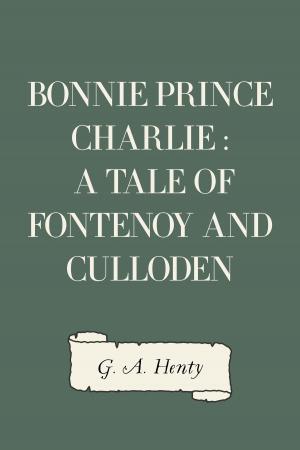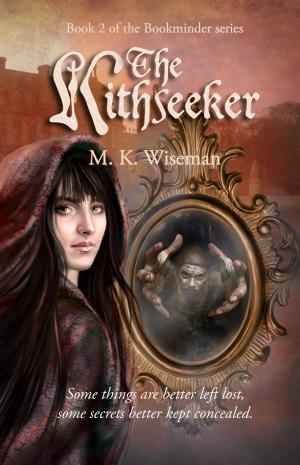"Chaotic Freedom" in Civil War Louisiana
The Origins of an Iconic Image
Nonfiction, History, Americas, United States, Civil War Period (1850-1877), Biography & Memoir, Historical| Author: | Bruce Laurie | ISBN: | 9781943902071 |
| Publisher: | Massachusetts Review, Inc. | Publication: | November 29, 2016 |
| Imprint: | Language: | English |
| Author: | Bruce Laurie |
| ISBN: | 9781943902071 |
| Publisher: | Massachusetts Review, Inc. |
| Publication: | November 29, 2016 |
| Imprint: | |
| Language: | English |
"Chaotic Freedom" is the story of two men transformed for the better through the Civil War. It is also the biography of an iconic photograph. The men are printer and newspaper publisher Henry S. Gere and currier and carpenter Marshall S. Stearns, both from western Massachusetts. The photograph they eventually collaborated to produce became the Civil War emblem featured in Harper's: the carte de visite of Peter, often misidentified as "Gordon," the slave with scourged back, elbow jutting, and striking profile. Together, these biographies tell us of the possibility of personal redemption, the importance of the ordinary, and the evolution of an image.
Bruce Laurie is professor of history emeritus at the University of Massachusetts Amherst, and author of Rebels in Paradise: Sketches of Northampton Abolitionists and Beyond Garrison: Antislavery and Social Reform.
Andrea Stone teaches literatures of the African diaspora from the 18th century to the present with a particular focus on the United States, Canada and the Caribbean at Smith College. She is the author of American Spelling and, most recently, Black Well-Being:Health and Selfhood in Antebellum Black Literature.
Praise for Bruce Laurie
"Rebels in Paradise is a fine piece of scholarship for at least two reasons. First, the men profiled in the book left surprisingly few personal documents, meaning the Laurie had to construct their histories from a fairly scanty evidentiary record. Second, Laurie does not engage in interpretive overreach. He acknowledges that what he discovered about Northampton's abolitionists may not be universally applicable. Rather, he simply aimed to provide 'a deeper and richer understanding of the meaning of political abolitionism in a particular place and time.'" —New England Quarterly
"In writing of David Ruggles and four other local abolitionists--Sylvester Judd Jr. , John Payson Williston, Henry S. Gere, and Erastus Hopkins--Laurie also looks at the larger anti-slavery movement in western Massachusetts and draws links to national developments of the era, from the birth of the Free Soil party to temperance movements to the creation of the Underground Railroad, along which Northampton became an important stop."—Hampshire Daily Gazette
"Chaotic Freedom" is the story of two men transformed for the better through the Civil War. It is also the biography of an iconic photograph. The men are printer and newspaper publisher Henry S. Gere and currier and carpenter Marshall S. Stearns, both from western Massachusetts. The photograph they eventually collaborated to produce became the Civil War emblem featured in Harper's: the carte de visite of Peter, often misidentified as "Gordon," the slave with scourged back, elbow jutting, and striking profile. Together, these biographies tell us of the possibility of personal redemption, the importance of the ordinary, and the evolution of an image.
Bruce Laurie is professor of history emeritus at the University of Massachusetts Amherst, and author of Rebels in Paradise: Sketches of Northampton Abolitionists and Beyond Garrison: Antislavery and Social Reform.
Andrea Stone teaches literatures of the African diaspora from the 18th century to the present with a particular focus on the United States, Canada and the Caribbean at Smith College. She is the author of American Spelling and, most recently, Black Well-Being:Health and Selfhood in Antebellum Black Literature.
Praise for Bruce Laurie
"Rebels in Paradise is a fine piece of scholarship for at least two reasons. First, the men profiled in the book left surprisingly few personal documents, meaning the Laurie had to construct their histories from a fairly scanty evidentiary record. Second, Laurie does not engage in interpretive overreach. He acknowledges that what he discovered about Northampton's abolitionists may not be universally applicable. Rather, he simply aimed to provide 'a deeper and richer understanding of the meaning of political abolitionism in a particular place and time.'" —New England Quarterly
"In writing of David Ruggles and four other local abolitionists--Sylvester Judd Jr. , John Payson Williston, Henry S. Gere, and Erastus Hopkins--Laurie also looks at the larger anti-slavery movement in western Massachusetts and draws links to national developments of the era, from the birth of the Free Soil party to temperance movements to the creation of the Underground Railroad, along which Northampton became an important stop."—Hampshire Daily Gazette

